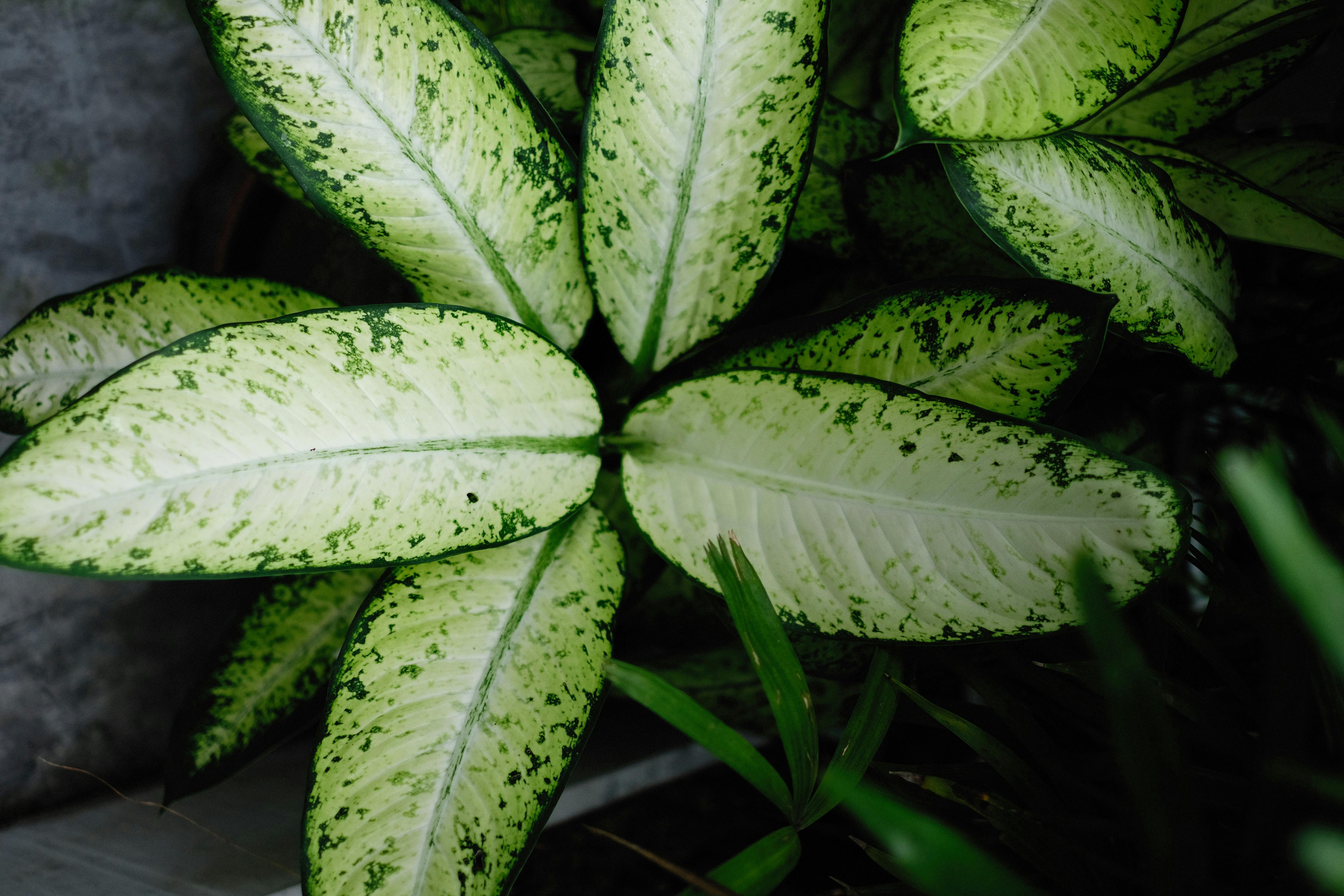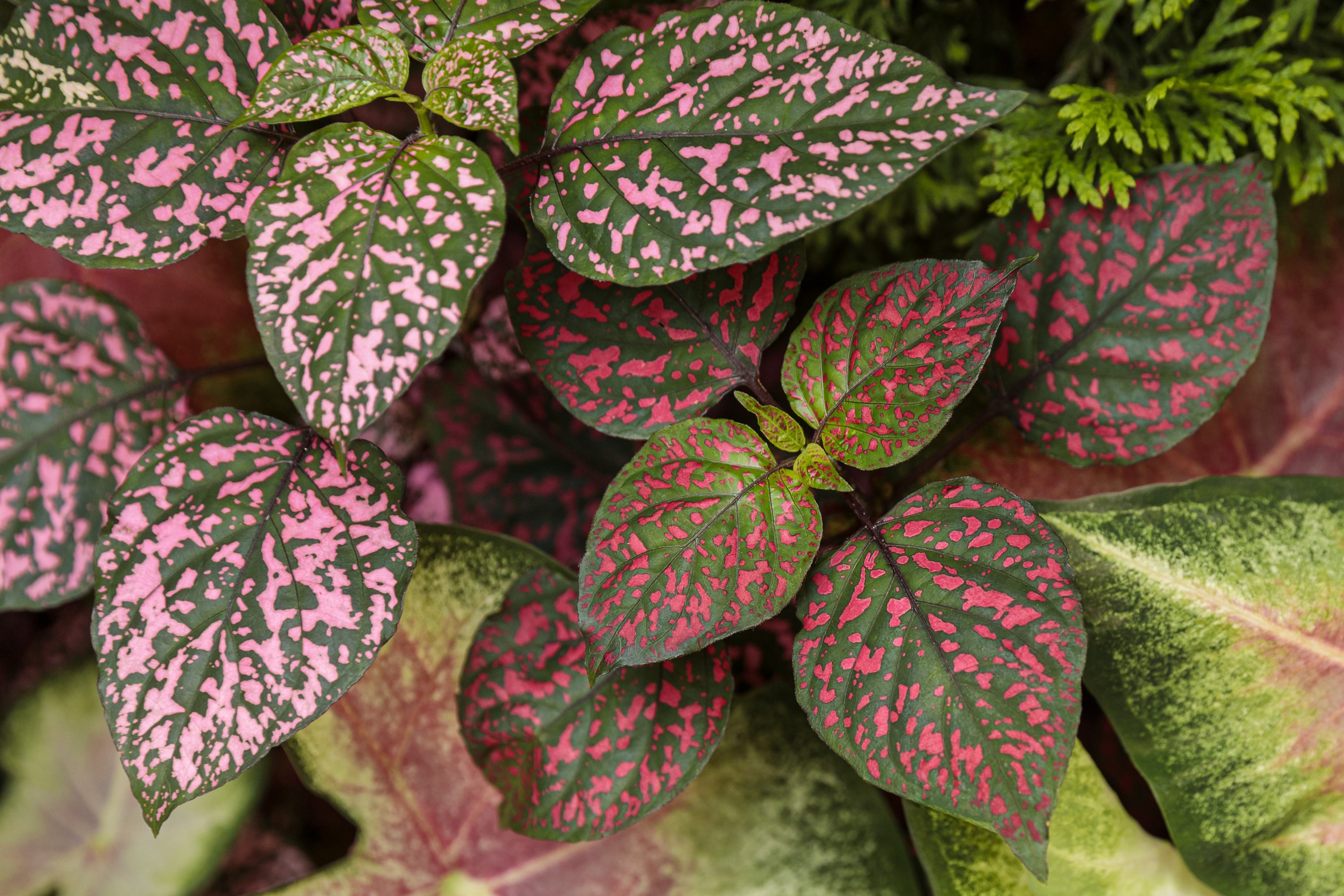How To Care For Silver Satin Pothos (Scindapsus pictus)
How to Care for Silver Satin Pothos (Scindapsus pictus): A Detailed Guide
Silver Satin Pothos (Scindapsus pictus), also known as Satin Pothos or Silver Philodendron, is a popular houseplant admired for its heart-shaped leaves adorned with silvery, satin-like spots. This plant is relatively easy to care for, making it a favorite among both beginners and experienced gardeners. Here’s a comprehensive guide to help you care for your Silver Satin Pothos and keep it thriving.
1. Light Requirements
Silver Satin Pothos thrives in bright, indirect light but can tolerate low light conditions. Too much direct sunlight can scorch the leaves, causing them to lose their distinctive silver markings. Place your plant near an east or north-facing window where it can receive filtered light. If your home has low light, consider using fluorescent or LED grow lights to supplement natural light.

2. Watering
Water your Silver Satin Pothos when the top inch of soil feels dry to the touch. Overwatering can lead to root rot, so ensure the pot has good drainage to allow excess water to escape. During the growing season (spring and summer), you may need to water more frequently. Reduce watering in the fall and winter when the plant’s growth slows. If the leaves start to curl, it’s a sign that the plant needs water.
3. Humidity
Silver Satin Pothos prefers moderate to high humidity levels, ideally between 40-60%. If your home is dry, especially during winter, increase humidity by using a humidifier, placing the plant on a tray filled with water and pebbles, or regularly misting the leaves. Keeping the plant in naturally humid areas such as bathrooms can also be beneficial.
4. Temperature
Silver Satin Pothos thrives in temperatures between 60-85°F (16-29°C). It is sensitive to cold drafts and sudden temperature changes. Keep the plant away from windows or doors that may have cool drafts and from heating or air conditioning vents. This plant can tolerate lower temperatures down to 50°F (10°C) but should be protected from frost.
5. Soil and Potting
Silver Satin Pothos requires well-draining soil. A good mix is one part peat moss or coco coir, one part perlite, and one part potting soil. Repotting should be done every 1-2 years or when the plant becomes root-bound, ideally in the spring. Choose a pot that is only slightly larger than the current one to avoid excess moisture retention.
6. Fertilizing
Feed your Silver Satin Pothos every 4-6 weeks during the growing season with a balanced, water-soluble fertilizer diluted to half strength. Avoid fertilizing in the fall and winter months when the plant’s growth slows. Over-fertilizing can lead to a buildup of salts in the soil, which can harm the plant.

7. Pruning
Regular pruning helps maintain the plant’s shape and encourages bushier growth. Use clean, sharp scissors or pruning shears to trim back any leggy or overgrown stems. Pruning also helps improve air circulation around the plant and prevents the lower leaves from becoming sparse.
8. Propagation
Silver Satin Pothos is easy to propagate through stem cuttings. Take a cutting with at least two nodes and a few leaves, and place it in water or a moist soil mix. If rooting in water, change the water every few days to prevent stagnation. Once roots develop, transfer the cutting to a pot with well-draining soil. Keep the new plant in a warm, humid environment until it establishes new growth.
9. Pest and Disease Management
Silver Satin Pothos can be susceptible to pests like spider mites, aphids, and mealybugs. Regularly inspect the plant for signs of pests, such as webbing, sticky residue, or visible insects. Treat infestations with insecticidal soap, neem oil, or by wiping the leaves with a damp cloth. Proper watering and good air circulation help prevent fungal and bacterial diseases.
10. Leaf Care
The leaves of Silver Satin Pothos can collect dust, which can interfere with photosynthesis. Clean the leaves gently with a damp cloth or sponge to keep them looking their best. Avoid using leaf shine products, as they can clog the pores on the leaves.
Conclusion
Silver Satin Pothos, with its stunning foliage and easy-care nature, can be a beautiful addition to your indoor garden. By providing the right light, moisture, and environment, you can enjoy the beauty and growth of this plant for years. Regular maintenance, including proper watering, fertilizing, and pruning, will ensure your Silver Satin Pothos remains healthy and vibrant. Whether you are a seasoned gardener or a beginner, Silver Satin Pothos offers a rewarding and visually captivating plant care experience.

Light Requirements
Silver Satin Pothos thrive in bright, indirect light. Too much direct sunlight can scorch their delicate leaves, while too little light can inhibit growth. Place your plant near a window with sheer curtains or in a well-lit room away from direct sunlight.
Watering Needs
Water your Silver Satin Pothos when the top inch of soil feels dry to the touch. Be sure not to overwater, as this can lead to root rot. It’s better to underwater than overwater, so allow the soil to dry out between waterings.
Humidity Levels
These plants prefer higher humidity levels, so misting them regularly or placing them on a pebble tray filled with water can help maintain the humidity they need to thrive. Regular misting can also prevent their leaves from drying out.
Temperature Requirements
Silver Satin Pothos prefer temperatures between 65-85°F (18-29°C). Avoid exposing them to temperatures below 50°F (10°C) or sudden temperature changes, as this can stress the plant.
Soil and Fertilizer
Plant your Silver Satin Pothos in well-draining, aerated soil. A mixture of potting soil, perlite, and orchid bark can provide the right balance of moisture and drainage. Fertilize your plant once a month during the growing season with a balanced, water-soluble fertilizer diluted to half strength.
Propagation
Silver Satin Pothos can be easily propagated through stem cuttings. Simply cut a few inches of stem with at least two leaves and place them in water or moist soil. Roots will develop within a few weeks, and you’ll have a brand-new plant!
Pest Control
Keep an eye out for common houseplant pests like spider mites, mealybugs, and aphids. If you notice any pests, gently wipe the leaves with a damp cloth or cotton ball soaked in soapy water. For more severe infestations, you can use neem oil or insecticidal soap to control the pests.
According to recent studies, Silver Satin Pothos (Scindapsus pictus) are among the most popular houseplants in the United States, with sales increasing by 20% each year.






